
I love blueberries. I’ve opened many clamshells of the tiny, tart, antioxidant fruits in my lifetime—sometimes to spoon them out into a bowl of fresh cream and demerara sugar and dive right in, and sometimes to have my heart sink at the sight of those beautiful little berries covered in grey mold. So imagine my delight to hear that researchers at the Kunming Institute of Botany, Chinese Academy of Sciences, have derived an entirely natural preservative from blueberries’ garden neighbour, the sunflower, which fights that destructive fuzz!
Sunflowers are already grown and harvested commercially for their seeds and the oil they produce. The team zeroed in on the chief waste product of this industry—the stems. They followed a hypothesis that the pathogen-fighting compounds within them that kept the sunflowers safe might transfer to other plants. The results were kind of stunning and showed a great deal of promise for non-pesticide antifungals in the agricultural industry.
“The researchers used methanol and ethyl acetate to prepare extracts from sunflower stems. They then isolated and identified the components in these extracts, focusing on diterpenoids, which are known to have biological activity. They found 17 diterpenoids, including four previously unknown compounds. Most of the diterpenoids showed activity against gray mold. Four of the compounds—including two of the newly identified ones—were effective at destroying the plasma membrane of this fungus, causing its cells to leak and preventing it from forming biofilms. In another test, the researchers briefly wet blueberries with the receptacle extracts, then dried the fruits and injected them with mold spores. Over a period of six days, the receptacle extracts protected almost half the berries from mold growth.”
I’m so excited at the prospect of never losing another precious berry to post-picking decay—especially if it’s not at the hands of a toxic fungicide. Plus, this is yet another clever use of a waste product for maximum benefit. Here’s hoping we see it on our tables (and in our bowls full of cream and sugar) soon!
AI Helps Battle Rancid ScourgeAs AI embeds itself further into our culture—and becomes increasingly better at mimicking people—humans in turn are finding new ways of making it work for us. Now, a team from Clemson University has harnessed AI to avert one of humanity’s peskiest culinary disasters—rancidity.
Foods go rancid when the oils or fats in them are exposed to oxygen, breaking down into unpleasant-tasting component molecules. (If you’ve ever chomped on a too-long-opened bag of chips or nuts, you know that particular metallic grossness.) Companies routinely add tiny amounts of antioxidants to foods that are prone to oxidization, in order to combat the process and preserve freshness. Sometimes it can be too much of a good thing: Certain antioxidants, in combination, cancel out each other’s effects. But figuring out when this happens and in what combos is a herculean task—one that authors Carlos D. Garcia and Lucas de Brito Ayres have figured out is perfect for AI.
unpleasant-tasting component molecules. (If you’ve ever chomped on a too-long-opened bag of chips or nuts, you know that particular metallic grossness.) Companies routinely add tiny amounts of antioxidants to foods that are prone to oxidization, in order to combat the process and preserve freshness. Sometimes it can be too much of a good thing: Certain antioxidants, in combination, cancel out each other’s effects. But figuring out when this happens and in what combos is a herculean task—one that authors Carlos D. Garcia and Lucas de Brito Ayres have figured out is perfect for AI.
“… We selected a type of AI capable of working with textual representations, which are written codes describing the chemical structure of each antioxidant. […]
Once the machine could recognize general chemical patterns, like how certain molecules react with each other, we fine-tuned it by teaching it some more advanced chemistry. For this step, our team used a database of almost 1,100 mixtures previously described in the research literature.
At this point, the AI could predict the effect of combining any set of two or three antioxidants in under a second. Its prediction aligned with the effect described in the literature 90% of the time.”
The team trained the AI further on 200 examples from their own lab, which netted them predictions that were more accurate to their real-world experimental results. The team likens an AI like theirs to “a very clever assistant,” which can run boring or monotonous tasks for its human handlers, and spit out the results they need. In helping solve the problem of rancid food, this AI/human pairing might just be our model for collaboration in the future!
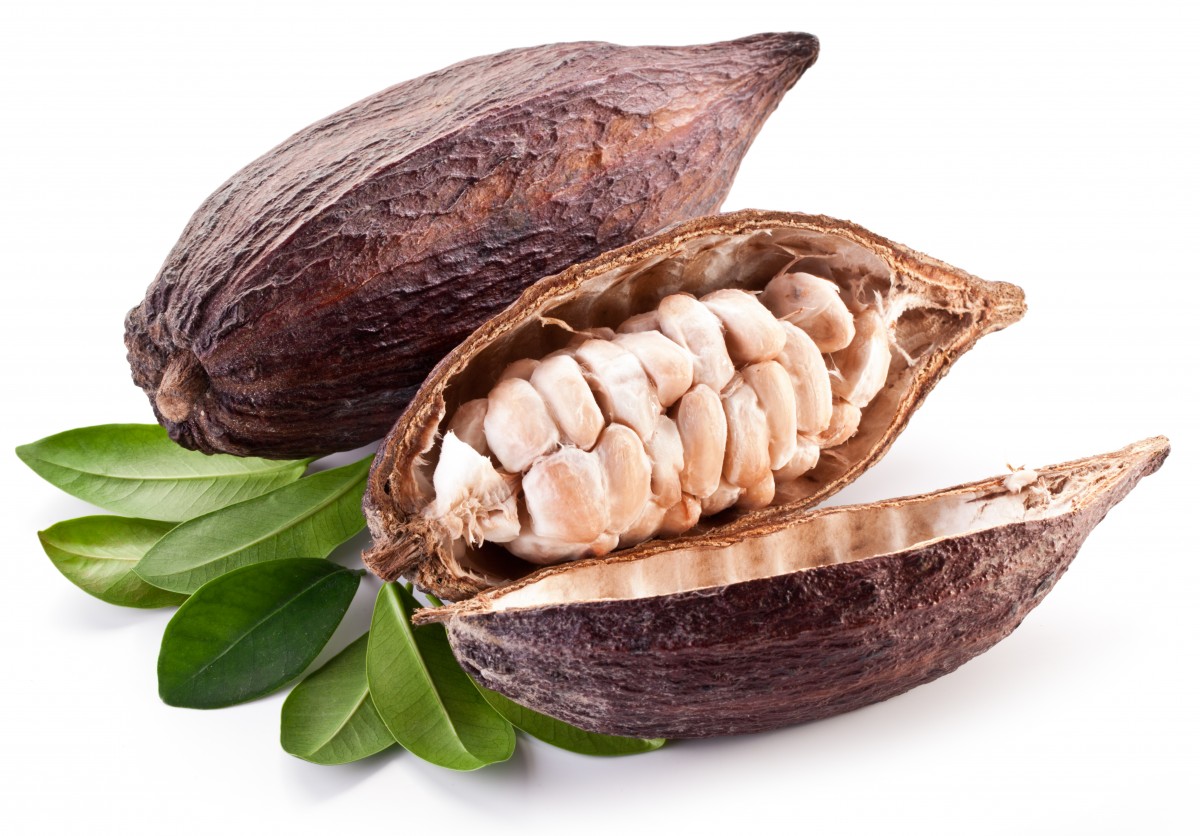
In DFC’s neck of the (literal) woods, we don’t get many trick-or-treaters. But I have many fond memories of busy Halloweens back when we lived in the suburbs. My kids especially loved going next door in their spooky costumes, to be rewarded by full-sized chocolate bars—the king of treats!—from our impressed neighbours.
Now, a team of researchers has shown that chocolate is not only the best thing to find in your pumpkin-shaped candy bucket tomorrow night. Its chief waste product—cocoa pod husks—could have big benefits for human health. The team, led by the University of St. Andrews, has processed the external hulls of the cocoa bean into a plant-derived flame retardant. This innovation is two-pronged: not only does it find a use for a whopping 20 million tonnes of biomass that’s usually just thrown out, it also has the potential to pivot the flame retardant industry away from harmful petrochemicals.
It all started with the fact that cocoa pod husks are high in lignin, a tough polymer found in hardwood trees and other woody plants, which can be processed out for practical applications.
“The researchers obtained cocoa husks and milled them into a powder. After rinsing to remove fatty residues, they boiled the powdered husks in a mixture of butanol and acid, a standard lignin extraction method called the butanosolv process. They next confirmed the isolated lignin’s quality and high purity, finding no evidence of carbohydrates or other contaminants.
Then, over the course of three chemical steps, the team modified the pure lignin biopolymer to have flame-retardant properties. They attached 9,10-dihydro-9-oxa-10-phosphaphenanthrene-10-oxide, which is a fire suppressant molecule called DOPO, into the backbone of the lignin polymer. In experiments, when the modified lignin was heated, it charred—but did not burn up—a sign that it could act as a flame retardant.”
The team’s results are promising enough that they plan to move into testing phases, including key human safety tests. Flame retardants have long been a necessary evil; Sure, they protect us from fires, but all the while they leach into our water, fellow animals, and even ourselves. Perhaps this new, chocolatey variation will bring as much joy to the environment as Halloween candy does to our tongues!
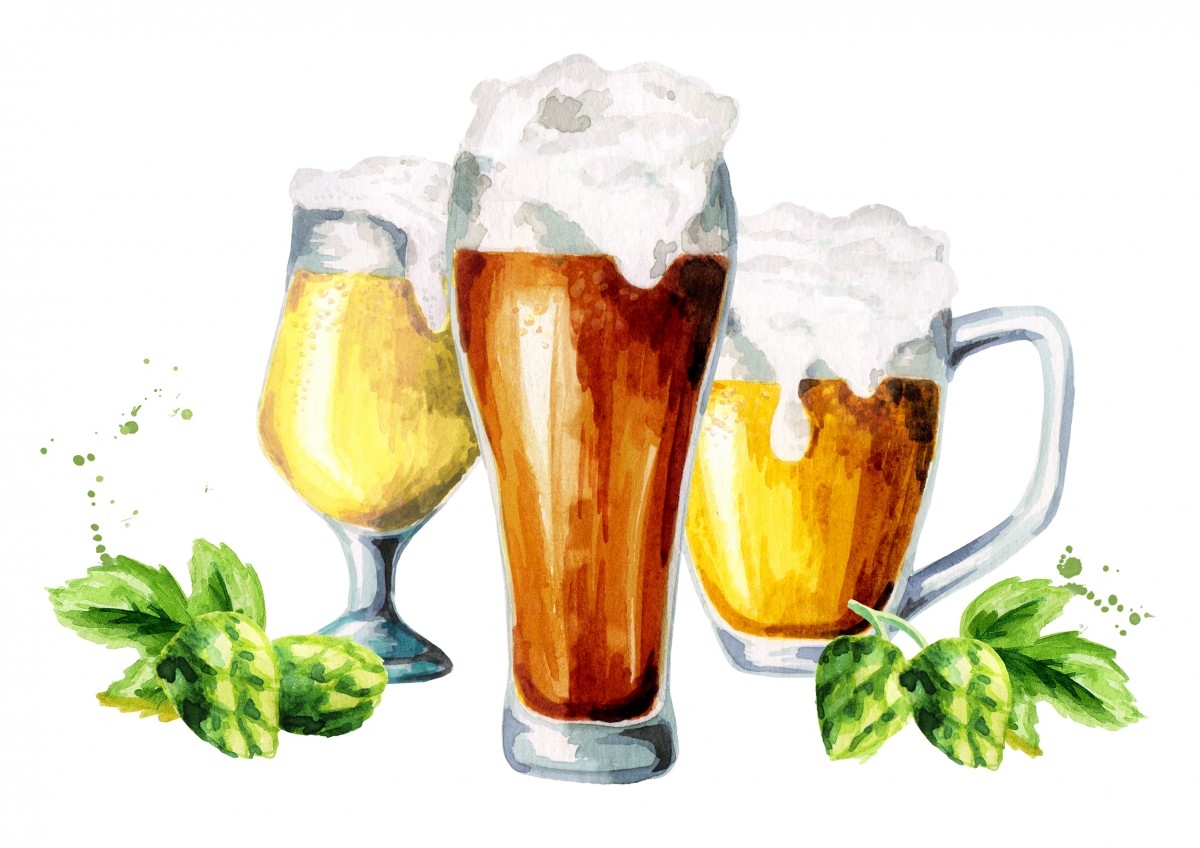
Longtime readers in this space might recall when we profiled “Torched Earth” ale, an offering from the famous Colorado brewers New Belgium. They gave drinkers a taste of a future in which we didn’t avert climate change – filling the beer with flavours of smoke (from wildfires, natch) and shelf-stable hops extract (hops needing reliable watering). Hoping to serve this brew as a warning bell, it was released for Earth Day 2021.
And now, two years later, with the warning gone unheeded, actual beer is now exhibiting some of the symptoms New Belgium gave us a preview of. The venerable Guardian reports that due to higher global temperatures – surprise surprise – hops production is down.
“In recent years, demand for high-quality hops has been pushed up by a boom in craft beers with stronger flavours. But emissions of planet-heating gases are putting the plant at risk, the study found.
The researchers compared the average annual yield of aroma hops during the periods 1971 – 1994 and 1995 – 2018 and found “a significant production decrease” of 0.13 – 0.27 tons per hectare. Celje, in Slovenia, had the greatest fall in average annual hop yield, at 19.4%. […]
The researchers modelled the effect of future warming on crops using an emissions scenario similar to current policies. By 2050, they found, hop yields will fall 4.1 – 18.4% compared with the average from 1989 – 2018 if no measures are taken to adapt. The projected decline will be driven mainly by hotter weather and more frequent and severe droughts.”
The researchers cited above (from the Global Change Research Institute of the Czech Academy of Sciences) state that if these trends continue, beer producers will have to increasingly invest in pricey interventions to keep their products flowing. This is not just expensive for individual producers and the industry, but can lead to even more harmful emissions as precious hops get shuffled around the planet! And this is not a regional problem: While a world without beer might seem trivial to some, it represents an increase in the temperature of the water that all of us frogs are in. If not now, when will we jump out?
Good news for tzatziki lovers! A team out of Ohio State University has been looking for food combos that reduce the pungency of garlic breath. Through a series of lab experiments, they’ve determined that high-fat and high-protein foods work the best. That means that Greek yogurt might prove the magic elixir to save us all from the next bad job interview.
Their experiments were intriguing, yet delightfully simple:
“For each treatment experiment, the researchers placed equal amounts of raw garlic in glass bottles and confirmed the cluster of offending sulfur-based volatiles were released in concentrations that would be detected by the human nose. They used mass spectrometry to measure levels of the volatile molecules in gaseous form present before and after each treatment.
Results showed that yogurt alone reduced 99% of the major odor-producing raw garlic volatiles. When introduced separately, the fat, water and protein components of yogurt also had a deodorizing effect on raw garlic, but fat and protein performed better than water.
In the case of fat, a higher quantity of butter fat was more effective at deodorization. The proteins studied included different forms of whey, casein and milk proteins, all of which were effective at deodorizing garlic — likely because of their ability to trap the volatile molecules before they were emitted into the air. A casein micelle-whey protein complex performed the best.”
The team published their current research in the journal Molecules, and plans to further refine it with human-mouth trials soon. (That’s gonna be fun…) I find the chemistry that undergirds the foods we take for granted fascinating. It’s positively elegant that the solution to a food-based problem can be as easy as — more food! Now, I’m off to contemplate adding yogurt to our line of garlicky condiments… I’ll let you know how it goes!
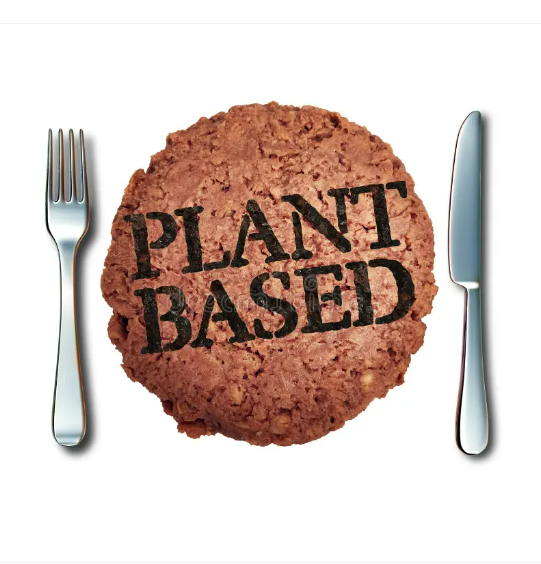
From my long experience running a kosher household, I am very familiar with the many ways to replace meat in a meal! Lentils and mushrooms are fun, but they are very distinctively themselves; and while the offerings in the “fake meat” department, made with soy and pea protein, mimic flesh, they are often missing that special something: fatty mouthfeel. This leads to dishes that are “close but no cigar,” or outright dry as heck.
Thankfully, a team at the University of Leeds has taken on this conundrum on behalf of meat-decliners everywhere. They’ve developed a process of embedding extra water inside plant proteins, a concept they call microgelation. In, for example, a burger, the inexpensive addition is read by the diner’s tongue as juiciness appropriate to the dish, making for a more authentic—and tastier!—result.
“Plant proteins – which start off as dry with a rough texture – are placed in water and subjected to heating. This alters the structure of the protein molecules which come together to form an interconnected network or gel which traps water around the plant proteins.
The gel is then homogenized, which breaks the protein network into a microgel made up of tiny particles that cannot be seen with the naked eye. Under pressure, as they would be when they are being eaten, the microgels ooze water, creating a lubricity akin to that of single cream [about 18% milk fat].”
The researchers used an atomic force microscope to observe the behaviour of the water molecules, which confirmed the predictions their math made. They envision that this innovation will not just make current vegans’ and vegetarians’ lives better, but can help convert even more omnivores away from meat eating. Hopefully enough to have an effect on factory farming rates and the environmental fallout thereof! I love that this makes plant-based bliss even more accessible. Especially in a special holiday dinner made by yours truly—in my house, taste is the most important result of scientific endeavour!

There’s a very good reason humans love sugar: In our evolutionary past, our brains required huge amounts of fuel to become the giant meat computers we have today, and we’re still hardwired to seek out that quick energy boost in any way we can. But, in our modern societies, sugar is more plentiful than it was long ago, and that urge to gorge on sweet berries because who knows when we’ll find them again is fulfilled far more than it should be.
Hence our (shorter) history of trying to cook up decent sugar substitutes—ones that lessen the burden on the body while still having the mouthfeel and sweetness level that our brains and tongues know oh so well. Once upon a time, there was aspartame, which I always thought gave Diet Cokes an unpleasant aftertaste. Most of us find even the most up-to-date alternatives, like stevia, unsatisfying.
But a team of researchers has delved deep into the complex chemistry of sugar’s unique flavour, uncovering building blocks that could potentially be used to replicate it from the ground up. Central to their work is cracking the length of time human taste buds perceive the sweetness of a substance. True sugar disappears rather fast, while artificial versions linger weirdly.
“Previously, Grant DuBois and colleagues observed that sodium chloride and potassium chloride could accelerate the onset of sweetness and eliminate its persistence for one stevia compound, rebaudioside A. […]
In initial tests with a trained sensory panel, the researchers observed that calcium chloride, magnesium chloride, and potassium chloride each separately reduced the perceived intensity of rebaudioside A after two minutes. However, again, high amounts of mineral salt were needed to lower the intensity by more than 30%, which caused unpleasant saltiness or bitterness sensations. Next, mixing the three taste-modifying salts had synergistic effects, allowing the team to use lower amounts of each for the same effect. A blend of the potassium, magnesium, and calcium salts reduced the lingering sweetness up to 79% and markedly increased the sugar-like mouthfeel of 10 noncaloric alternatives.”
It seems the secret to sugar’s success is salt! The team is excited by the near-perfect replication of sugar and theorizes future use in reduced-calorie beverages, for which there is a significant market. It is always good to have more options as we navigate taking care of these bodies of ours. Real sugar is a treat I could never give up, but I’d be happy to try this new technology—for science!
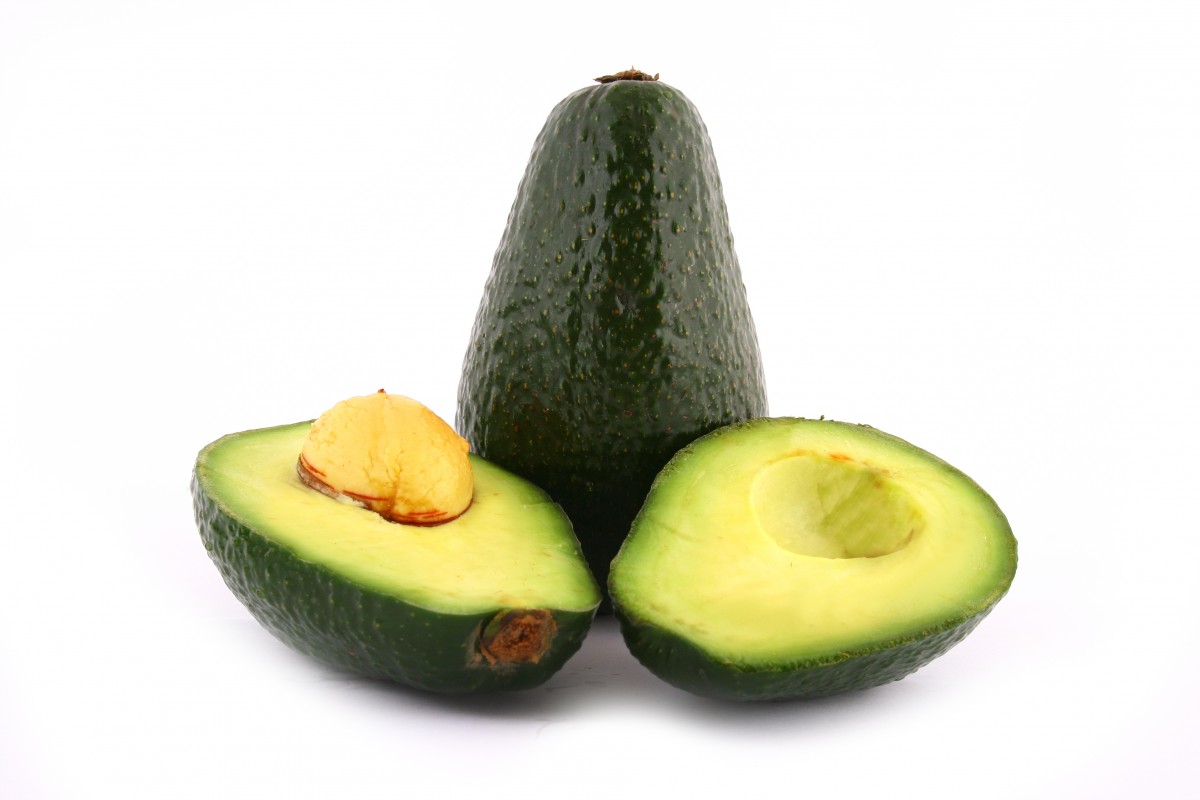
Like many foodies who’ve seen trends come and go (New Coke, anyone?) I subscribe to the adage “If it ain’t broke, don’t fix it.” But, in our increasingly warmer and monocultural world, often the thing that is broken is the environment in which food grows. The fix for the environment is long-term and politically fraught, so in the short term we “fix” it by modifying the food to grow under new conditions. And that’s what’s happening with the precious Hass avocado, that creamy toast topper and maki-filler that is fated to be native to the southern U.S. and Mexico, a particularly climatically fraught part of the world.
The Hass is the current industry leader, but it’s susceptible to sunburn, and the large trees it grows on mean lower yields, as well as greater fall risks for pickers. Horticulturist Mary Lu Arpaia and research associate Eric Focht began developing a new, sun-resistant, smaller-treed variety over a decade ago, and are now tantalizingly close to market. Dubbed the Luna, Arpaia, and Focht consider the literal fruit of their labour the “great-granddaughter of the Hass,” which shares her ancestor’s creamy, sweet nuttiness. Quite a few foodies folks are looking forward to using them!
“Diego Galicia and Rico Torres, chef-owners of Mixtli in San Antonio, source their avocados from Mexico, the world’s largest grower and exporter of the fruit. Galicia grew up on a farm in the country and is familiar with the process of growing avocado trees, which can take fifteen to twenty years to bear fruit. When you throw in the cost of labor and stress on the crop brought by higher temperatures due to climate change, the price tag that you see at your local grocery store starts to make sense. During the off-season or low-production months, avocados are transported from other South American countries. Ideally, chefs like Galicia and Torres, who aim to source produce sustainably, hope to avoid the additional costs and fossil fuel emissions brought by importing.”
While still about two years out from its debut, the Luna already shows promise as an improvement of the Hass, which is faltering under human intervention and demand. And, as the discourse over avocado toast and home ownership has shown us in the past couple years—the short-term joy brought by avocados in our lives can be worth it in the face of insurmountable stressors. I say, the more guacamole, the merrier!
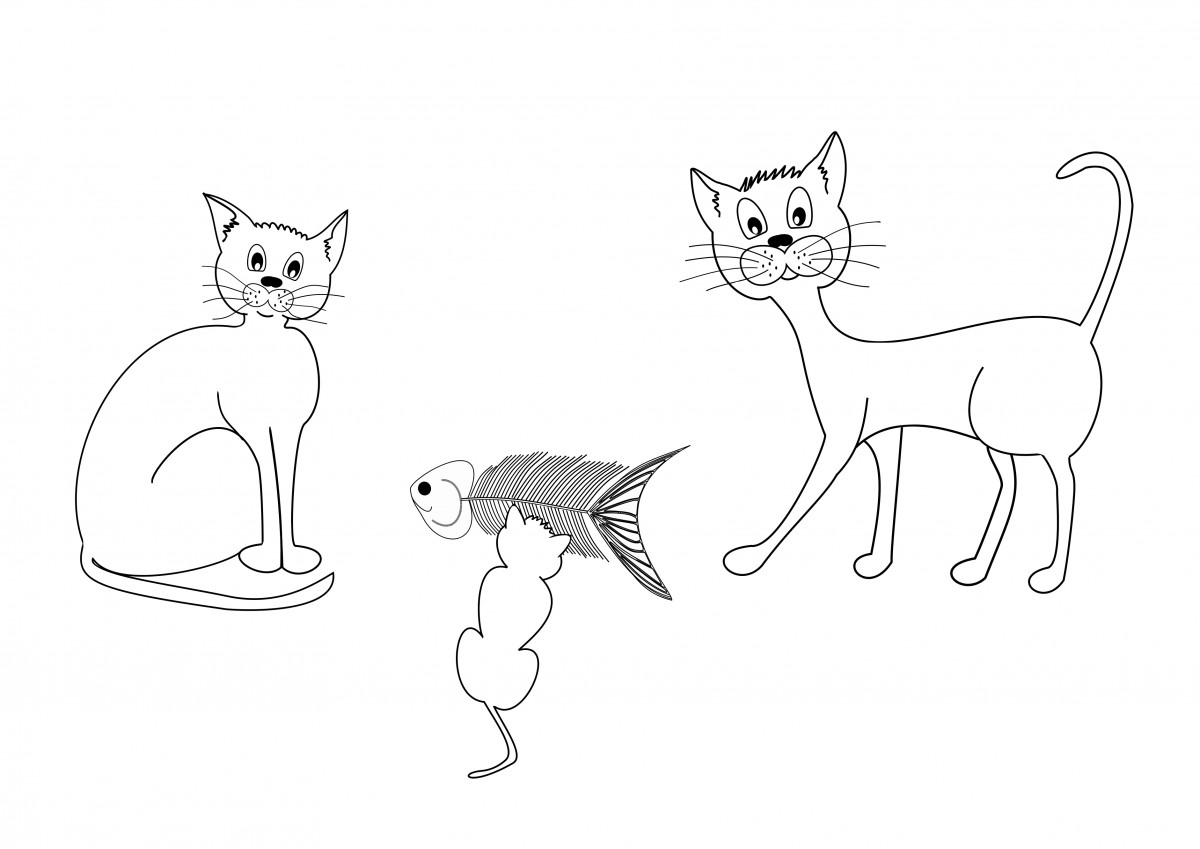
As a dog person, I’m lucky that I don’t have to stress too much about what my furbabies are eating. Of course, Huey gets delicious, hand-crafted, well-balanced dinners tailored to fuel his growing body—but I’m sure in a pinch he’d make a meal out of, say, a dead squirrel and half a birthday cake and would enjoy it thoroughly! But cats are a bit different, as Benji, our family’s resident cat person reports: One of his girls has gone off her regular prescription kibble, and the only thing tempting her back is lacing it with a tuna-based, Go-Gurt style tube treat. (She’s fine by the way, just asserting her dominance…)
But why do Jane, and her sister Esmeralda—and all cats really—go absolutely crackers for the taste of tuna? It seems a weird choice for a creature that evolved from desert-dwelling ancestors. Well, science has found the answer, and it has everything to do with the culinary world’s favourite concept. It turns out that cats have unique, highly specialized receptors in their tastebuds that pick up umami, that savoury flavour present in aged cheeses, mushrooms, and lots and lots of meat. They discovered cats’ genetic umami predilection in a recent experiment.
“Genetic sequencing revealed [the] taste buds expressed both the Tas1r1 and Tas1r3 genes—the first time scientists showed that cats have all the molecular machinery needed to detect umami.
When the researchers compared the protein sequences encoded by these genes with those of humans, however, they found a striking difference: Two critical sites that allow the human receptor to bind to glutamic and aspartic acid—the main amino acids that activate umami taste in people—were mutated in cats. ‘So I began thinking, maybe cats can’t taste umami,’ [Waltham Petcare Science Institute researcher Scott] McGrane says.
To double-check, he and his team engineered cells to produce the cat umami receptor on their surface. They then exposed the cells to a variety of amino acids and nucleotides. The cells did respond to umami—but with a twist. In people, the amino acids bind first and the nucleotides amplify the response. But in cats, the nucleotides activated the receptor, and the amino acids further boosted it, McGrane says.”
So cats have an ultra-umami detection capability, that the researchers likened to humanity’s notorious sweet tooth. Further confirmation experiments, which involved dosing water with amino acids and nucleotides and seeing if cats preferred it to plain water, revealed the test cats loved bowls with histidine and inosine monophosphate. Both of those compounds are found in high levels in, you guessed it, tuna!
So Benji now has science backing his kitty’s capricious behaviour, and—like all cat people, I’m sorry to say—he’s just going to have to roll with it. Huey and I will be over here, snacking on randomness and having a ball!
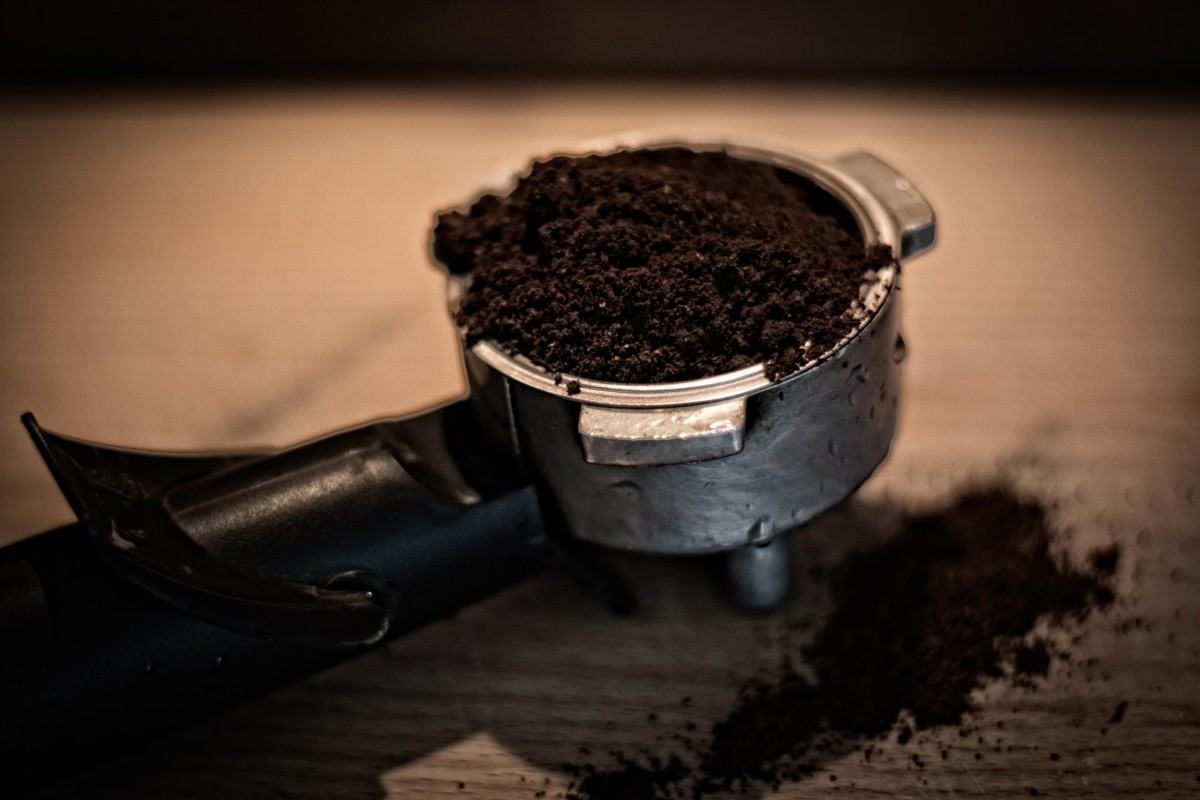
I like a good steaming cup of my caffeine delivery of choice in the morning—specifically, that magical elixir coffee! And I’m not alone: After water (naturally) and tea, coffee is one of the world’s most popular drinks, and humanity is estimated to produce 54 million tonnes of spent coffee grounds annually. And though they do have secondary household uses, like tossing them into potted plants as a fertilizer, most used grounds end up in the green bin.
But researchers from RMIT University in Australia have noted this wasted opportunity, and have jumped on a novel way to reuse coffee grounds—in concrete. It turns out when used coffee grounds are processed into a substance called biochar and mixed into the concrete matrix, it results in a product that is 30% stronger than standard concrete. If this can be scaled up, it will lessen the environmental pressures of landfill-bound coffee grounds, and find the natural sand that the biochar partially replaces.
“Creating biochar involves roasting used coffee grounds in the same way unused beans are roasted to enhance their taste, said study co-lead Dr Rajeev Roychand of RMIT.
‘We do the same thing, but in the absence of oxygen [to prevent carbon dioxide from being produced],’ Roychand said. ‘We don’t want carbon to get into the atmosphere and add to greenhouse gas emissions.’
The process, called pyrolysis, involves heating the coffee waste to about 350C. The team says their technique is more energy efficient because it requires lower than usual temperatures.”
I love this personal detail: The researchers were inspired to try this out when they observed themselves throwing away piles of coffee grounds in their own java-fuelled offices. They’re now contacting local city governments to get real-world trials of the new concrete started, to test the long-term durability. I wonder how this coffee cement will perform stacked up against the shrimp shell cement we looked at in this newsletter exactly a year ago. And I also wonder what food waste product will disrupt the construction materials industry next!